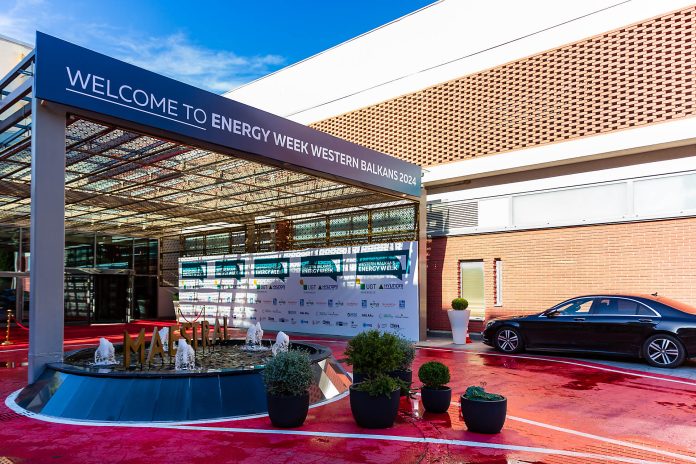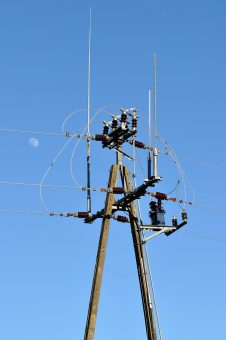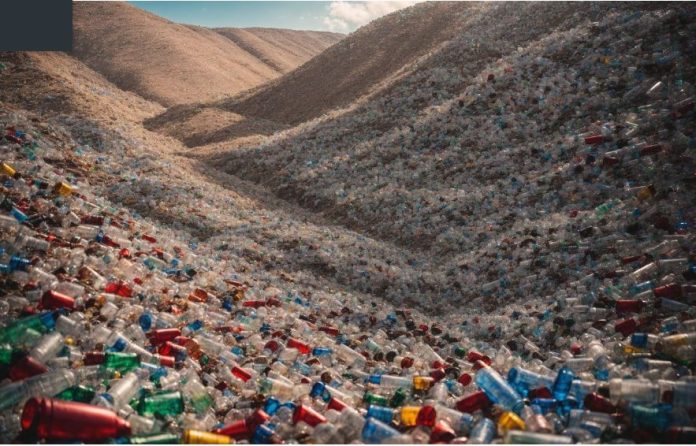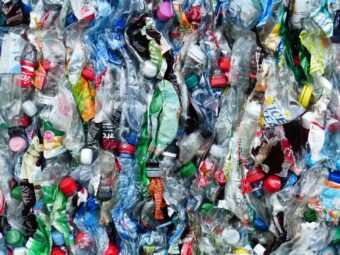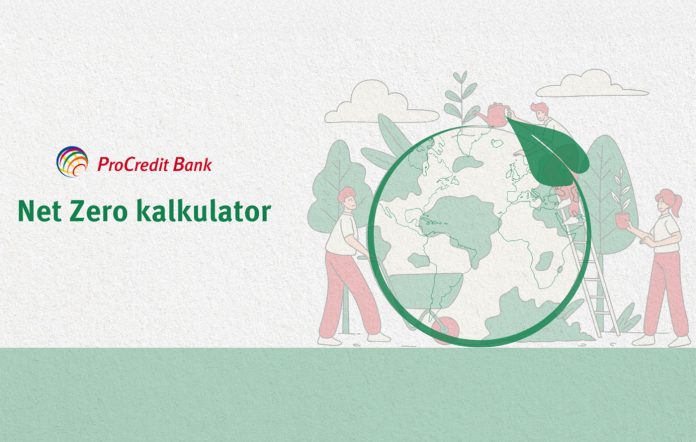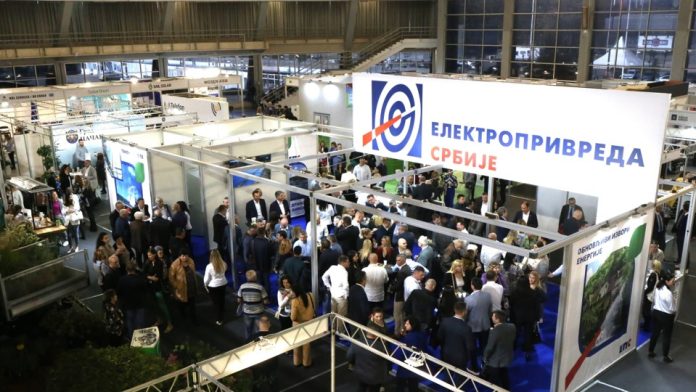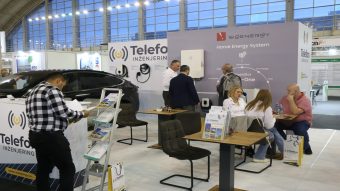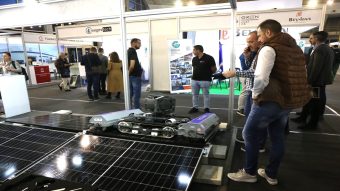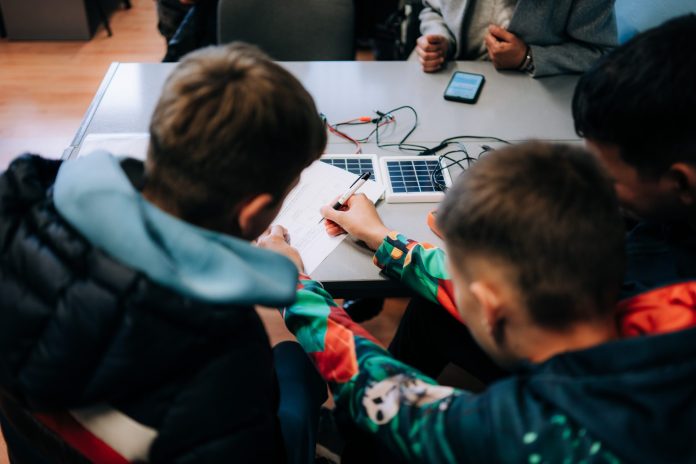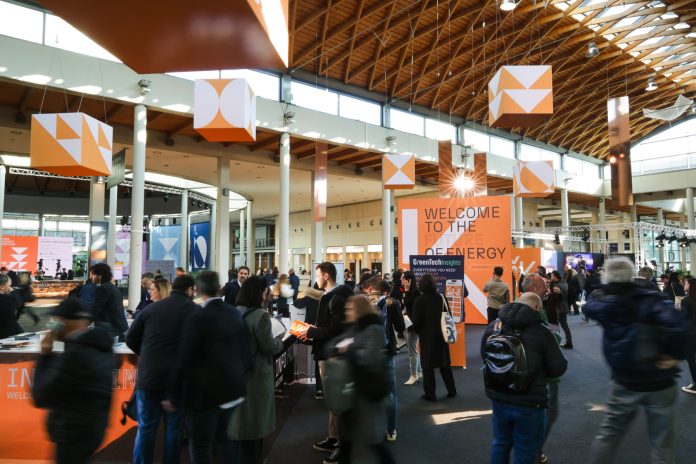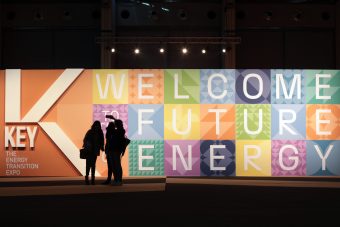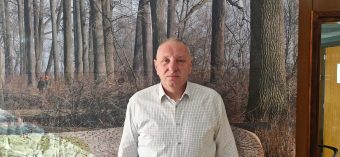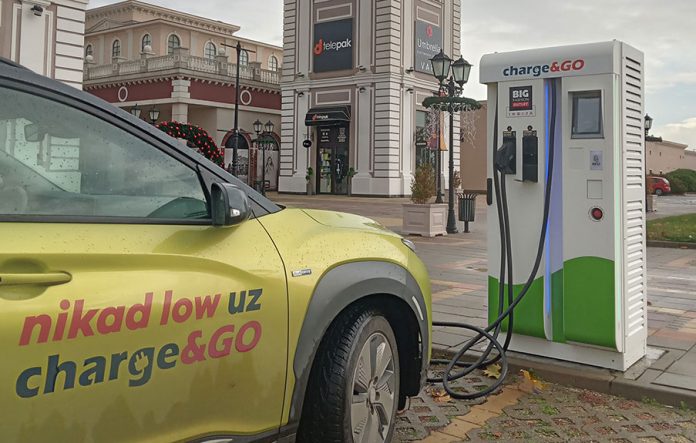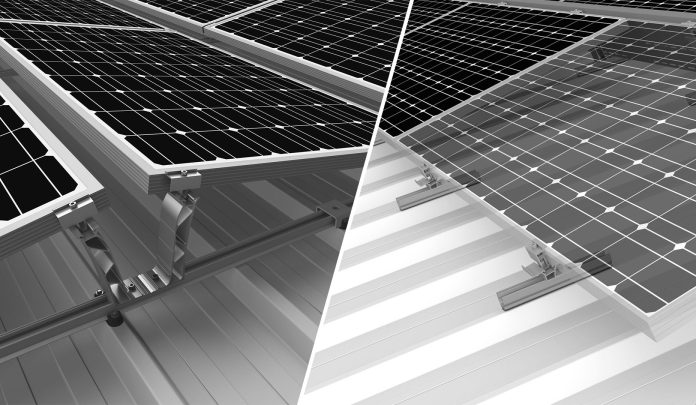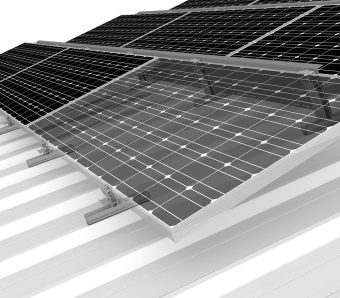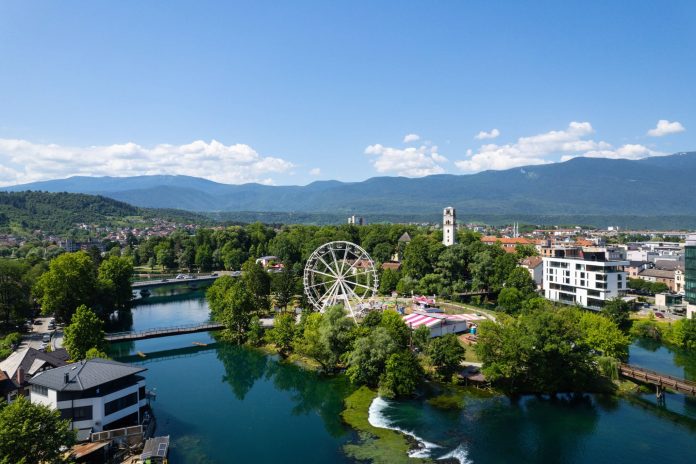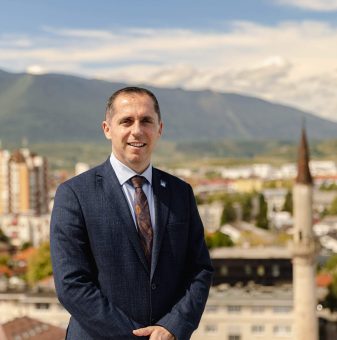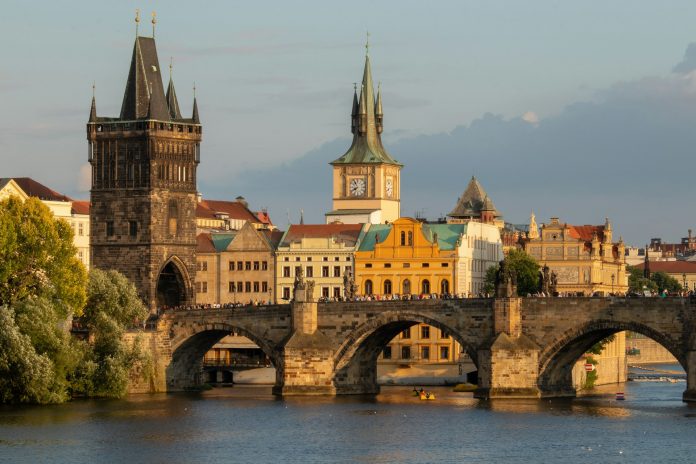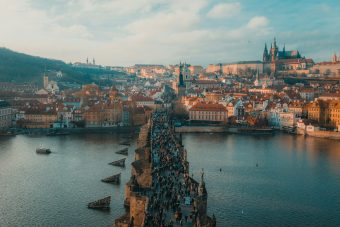Energy Week Western Balkans returns to Montenegro on 8- 9 October 2025 with the full conference agenda now live, bringing together the people who are shaping the energy transition across the region. Hosted at the Maestral Resort and Casino in Sveti Stefan, the event convenes a senior audience of investors, policymakers, regulators and utilities for two days of practical discussion, structured networking and real outcomes.
This year’s edition builds on strong momentum in auctions, market integration and project pipelines across all six Western Balkans economies and Croatia. Delegates can expect a programme focused on delivery to 2040, including system ready approaches to hybrid renewables, bankable offtake, grid modernisation and industrial decarbonisation. The agenda also provides a country by country look at policies that align with European market rules and investment frameworks.
Attendance is set to exceed three hundred decision makers, with more than forty five speakers confirmed across ministerial, regulatory and industry sessions. The line-up includes senior voices from government, transmission and distribution operators, power exchanges and leading developers and financiers. Among the confirmed names are Admir Šahmanović, Petar Đokić, Milutin Đukanović, Aleksandar Mijušković, Daniel Calderon, Dejan Drašković, Dejan Popović, Elton B. Radheshi, Erald Elezi, Elisian Bici, Luka Petrović, Damien Sorrell, Miloš Mladenović, Kelly Clutterbuck, Amalia Giannakikou, Neda Lazendić, Nemanja Pandurević, Emre Erdoğan, Michael Viberg Pedersen, Miloš Kostić, Matti Piiparinen, Mats Lundin, Pranav Khamar and many others.
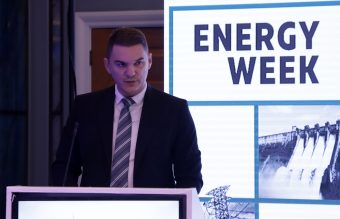
Key sessions include a ministerial panel on the path to 2040, next generation PPAs with corporate and CfD structures, financing and de-risk solutions for utility scale projects, grid and interconnection priorities that enable market coupling, and a regulatory clinic offering country specific legal insight. These discussions are designed to help projects move from pipeline to procurement and construction, with an emphasis on workable models that suit the Western Balkans context.
Networking remains central to the experience. Delegates have more than ten hours of targeted networking including curated introductions and facilitated B2B meetings, alongside the signature Watt A Night social on the Adriatic coast. The bespoke event app opens a week in advance so participants can build personal schedules and secure meetings before arrival.
The 2025 programme lands at a timely moment for the region. Recent policy moves include competitive renewables auctions in Montenegro, while efforts to integrate Western Balkan electricity markets with the European market continue to progress. Energy Week provides a neutral forum to compare lessons, share data and align on bankable structures that can accelerate capacity additions.
Energy Week Western Balkans has established itself as the leading platform for investment dialogue in the region. Feedback from previous editions points to exceptional knowledge sharing, productive meetings and a venue that supports serious work in a relaxed setting. With the agenda now live and the speaker roster continuing to grow, this year’s gathering is set to be the most comprehensive to date.
Registration and full agenda are available at https://wbenergyweek.com/. For enquiries, contact the organisers at info@investinnet.com.
Energy portal


